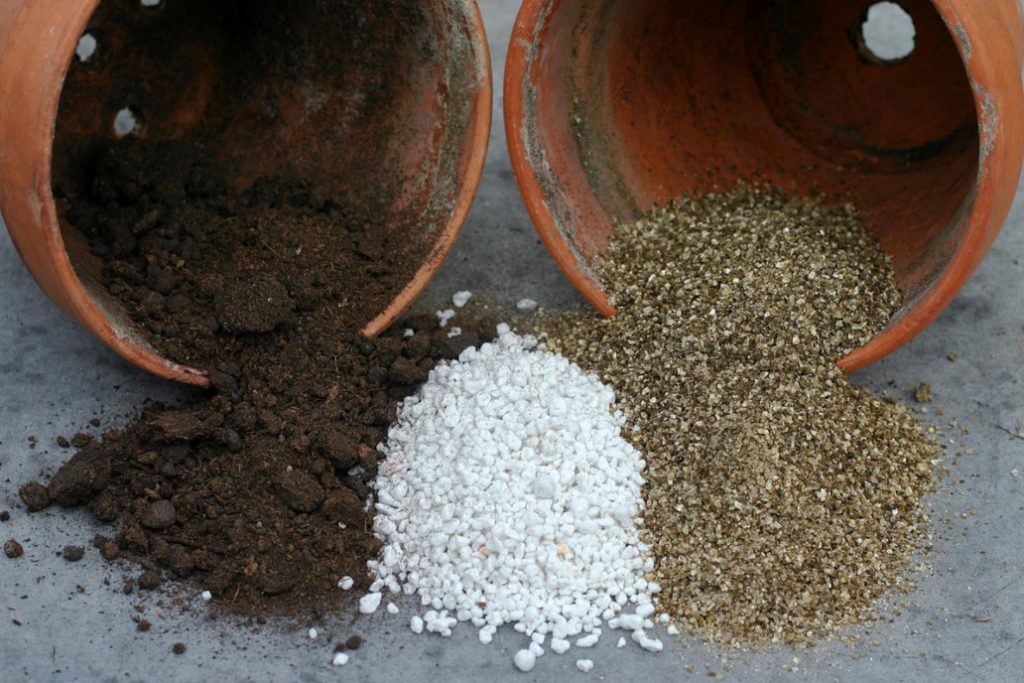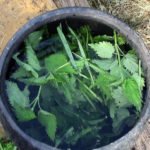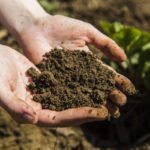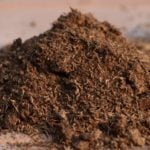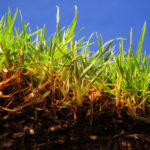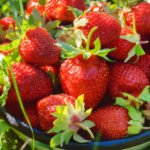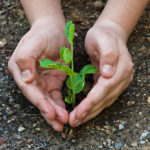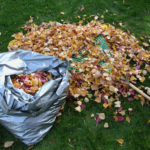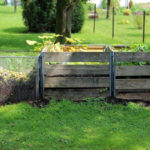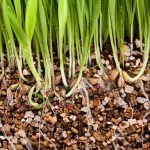The process of growing plants in garden plots is changing with the times. It would seem, well, what can be new in this eternal business? In the woods and fields, everything remains the same. However, progress offers us modern products and technologies that make our work easier and allow us to achieve better results. Gardeners know that growing plants (especially in seedlings) begins with good soil. The right mixture has several components, each of which is responsible for something different, and perlite is one of the important, affordable and useful components. Let’s see what it’s for.
Perlite
Perlite is a rock of volcanic origin. The extreme band of lava (with a temperature of +500… + 1200°C), in contact with the ground, quickly cools (hardens), resulting in obsidian. Later, a new rock — perlite-is formed from it under the influence of underground water. It is characterized by a special structure in the form of rounded particles that resemble pearls (hence the name: perle-in French “pearls”). Perlite can have a color from white to black and be different shades of green or brown. It contains constitutional water in the form of molecules fixed on the surface of individual sections of the crystal structure of the mineral.
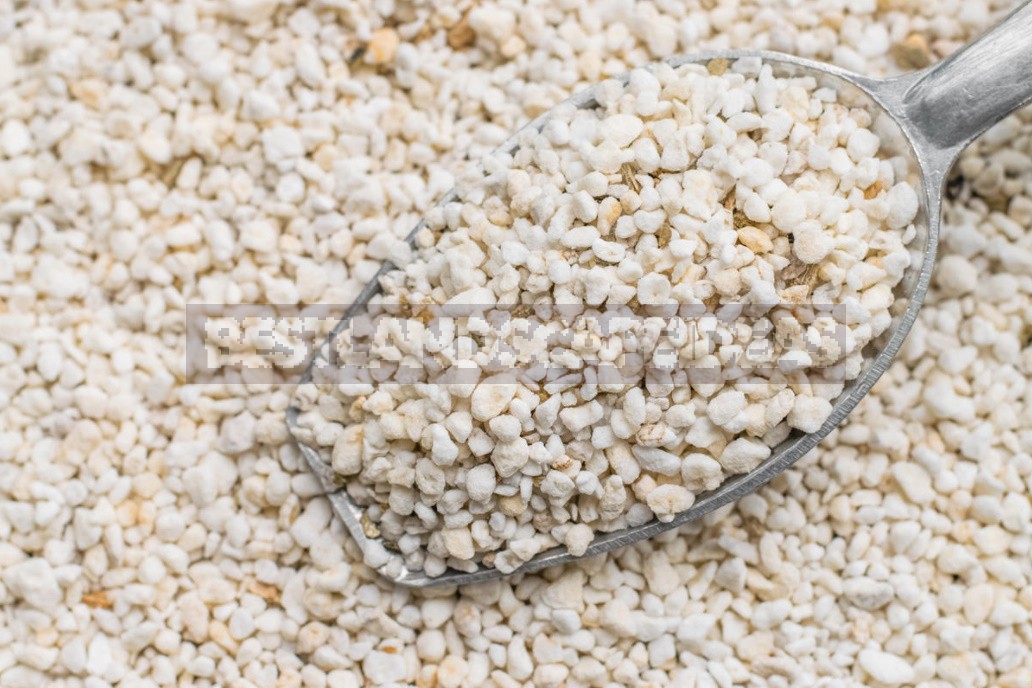
Since perlite is saturated with water, when the crushed rock is shock-heated in furnaces, it swells, forming spherical particles with a volume increase of up to 20 times and a porosity of 70-90%. This is how expanded perlite is produced — grains of different fractions of white or light gray color, hard, but crumbling. Bulk material with a particle size from 1 to 5 mm is called agroperlite and is used in gardening and horticulture.
Properties and features
Given the origin of perlite, we can understand that it has no nutritional value for our green Pets. Even the potassium, magnesium, sodium, iron and other elements included in its composition are in a bound state and cannot be absorbed by plants. So it’s not fertilizer. However, it is widely used, taking into account special properties:
- chemical inertia,
- neutral acidity (pH = 7),
- biological stability (does not decompose),
- flowability and lightness,
- the ability to absorb water up to 400% of its own weight.
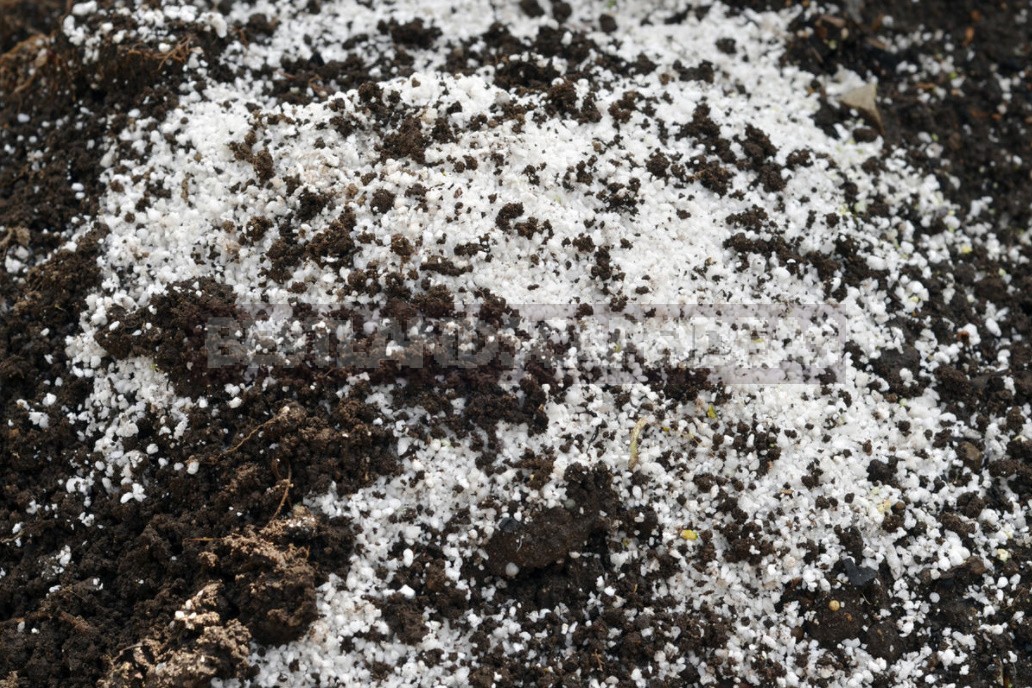
The soil is mixed with perlite to improve the structure. It becomes loose, breathable, does not stick and does not sour. The low thermal conductivity of perlite protects the root system of plants from overheating and hypothermia. Absorbing water in a large volume, the granules of this material then gradually give it away, so the humidity remains stable for a long time. The roots of plants master the earth clod more actively and evenly.
Use in gardening
Due to its features, agroperlite is actively used by gardeners. First of all, this material is used to improve the soil, adding up to 40% of the total volume. This makes a lot of sense in home floriculture, as well as when growing seedlings. You might notice small white “pebbles” in a nice store-bought soil? This is just agroperlit. Seedlings in such a soil mixture are less likely to be affected by bacterial and fungal diseases, in particular black leg. A large fraction of the expanded material can be poured to the bottom of the pots to create drainage.
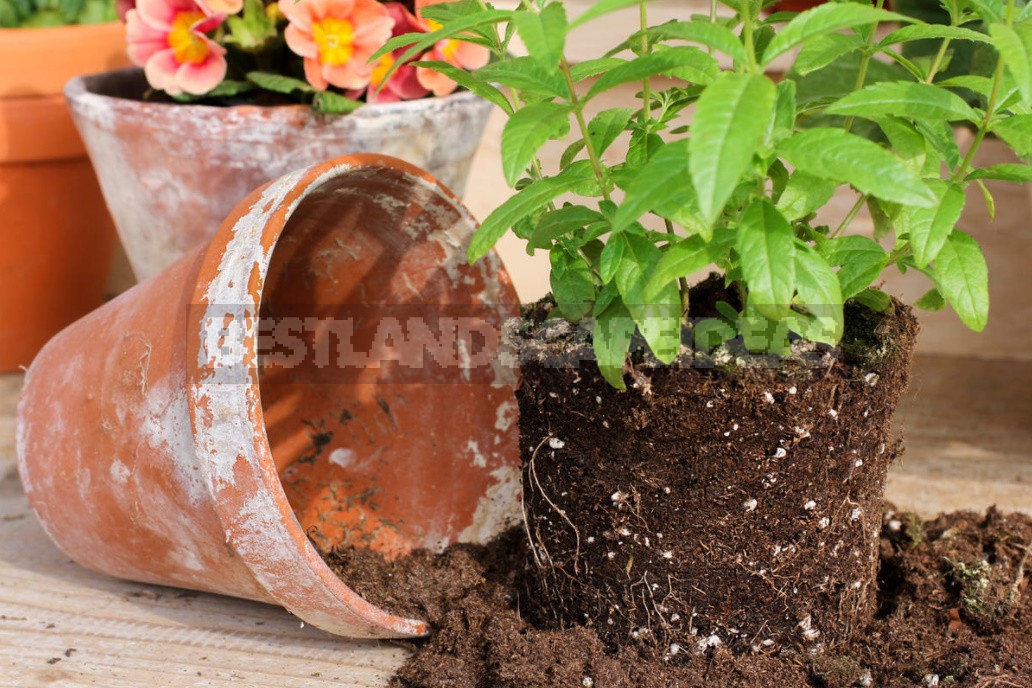
Agroperlite is valuable for cuttings. Using it instead of water, you can get roots even from very capricious plants that are prone to rot. It is also good as a base in hydroponic culture, when growing only on a nutrient solution. This material is convenient to use for seed germination: you need to mix them with perlite of a suitable fraction, moisten them and wait for the appearance of seedlings.
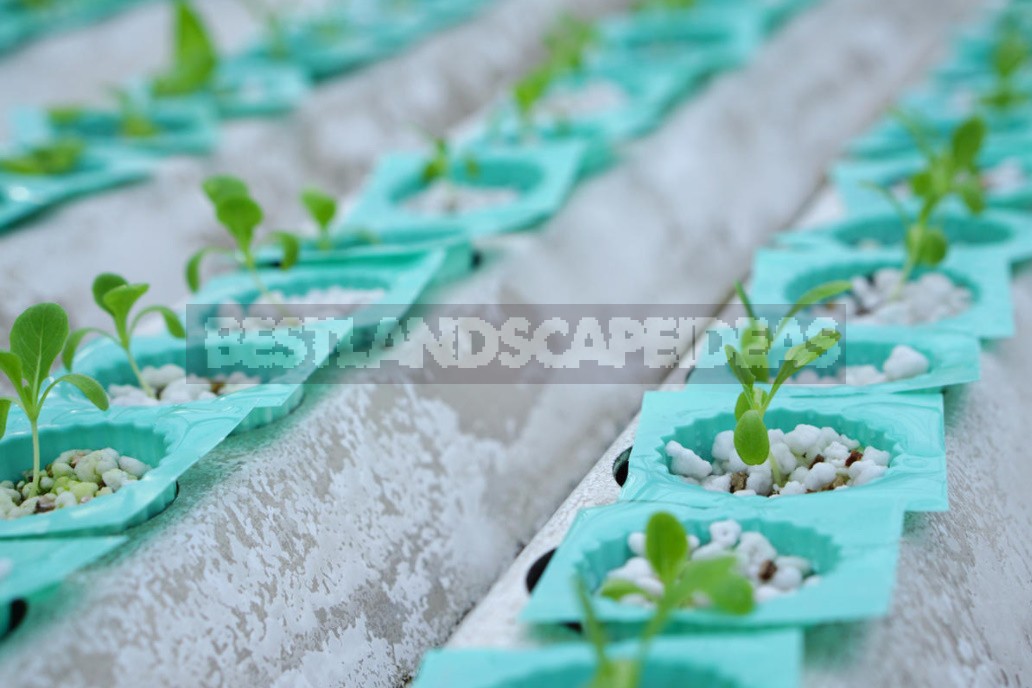
Garden perlite is used for mulching. And if it is not suitable for a garden or greenhouse for economic reasons (it is too expensive) and safety (we will discuss this below), then it is quite possible to fill the soil surface with it in pots with seedlings. This will also prevent the growth of mosses and algae.
This loose material is good for storing planting material-bulbs, corms, rhizomes. They are laid out in boxes so that they do not touch each other, and interspersed with agroperlite. Thus, the bulbs and roots are protected from rot, external temperature changes, and this can also serve as a guarantee that they will not start growing prematurely.
Disadvantages
It would seem that the material is eco-friendly and very convenient for use in gardening, but it has an extremely unpleasant property — it is dusty. Moreover, this dust is very dangerous if it gets into the lungs and eyes. In the soft tissue of the lungs and bronchi, these micro-needles remain and are not removed. Therefore, when working with agroperlite, you must first spray it with water — and be sure to use a respirator and glasses, especially when throwing loose material on the beds. For the same reason (due to the spread of dangerous dust by the wind), you should not use this treated volcanic rock for mulching large areas in the open air.
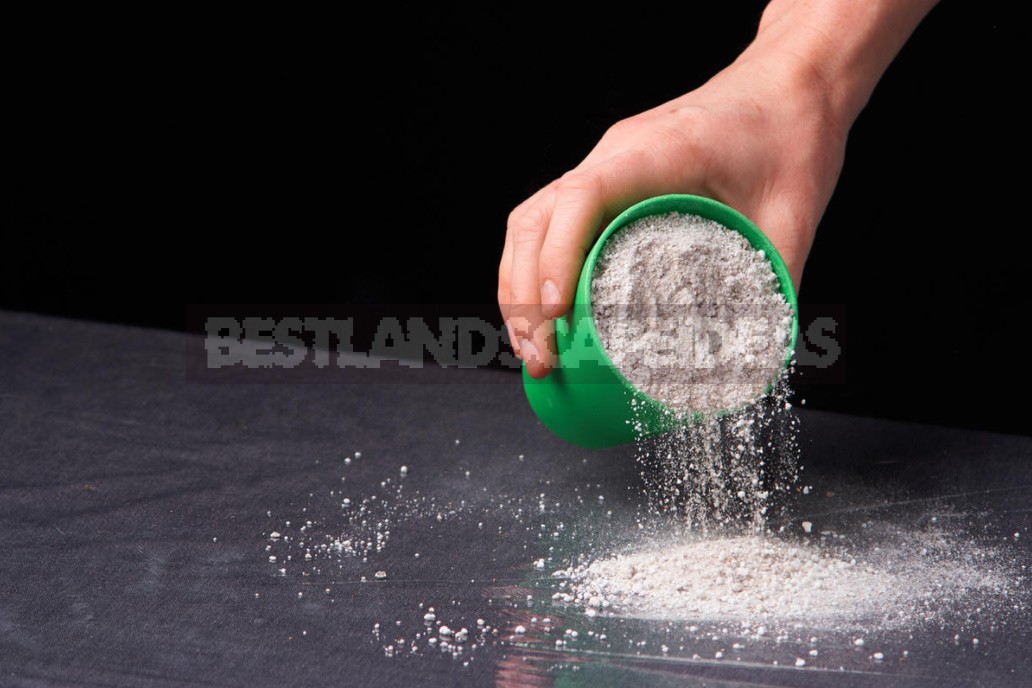
Agroperlite particles have small abrasive properties, but this may be enough to cause damage to the thin roots of plants when transplanting. Pure perlite can be latched with hard water, potash or sodium fertilizers. Therefore, such a substrate can not be used for growing plants that require acidic soil for good development.
So, we can say that agroperlite is a very attractive component of the soil mixture for indoor plants and seedlings. It solves several unpleasant problems with the soil well and really becomes a reliable assistant to the gardener. However, it should be remembered that this additive to the soil does not carry nutritional value for plants and is not considered a fertilizer. Also, if you don’t have agroperlite for some reason, it is quite possible to replace it with large river sand or other loosening materials.
